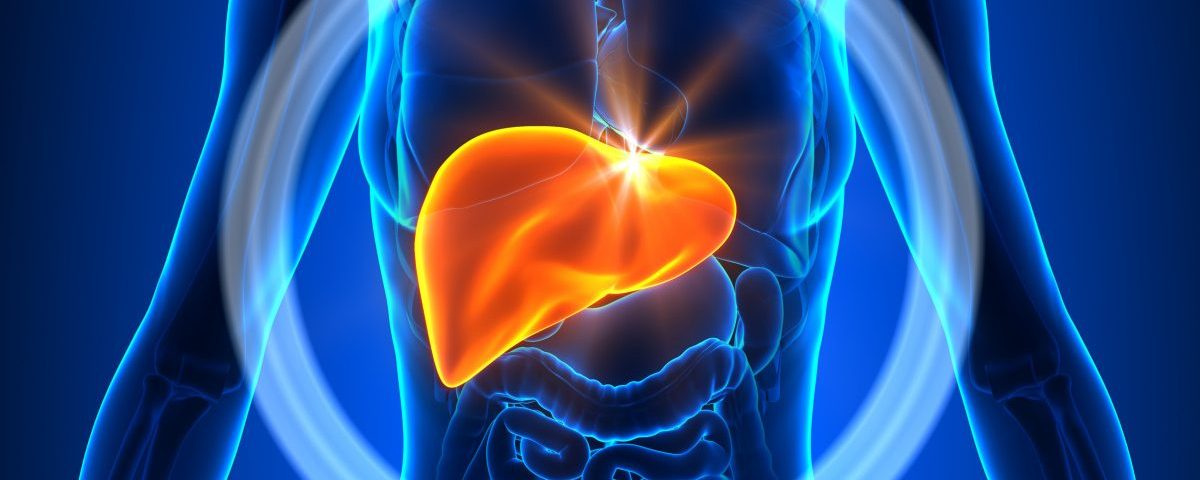Last week, I celebrated year three of my second birthday, otherwise known as the anniversary of my liver transplant. I usually celebrate with my husband and family, but this year I had outpatient surgery to place a stent and balloons in my biliary duct to open any narrowing and prevent future strictures. My transplant and gastroenterology teams hope the procedure lowers my liver enzymes back to normal levels. They also want to confirm that the autoimmune disease, primary sclerosing cholangitis (PSC), that led to my needing a liver transplant hasn’t returned.
What is primary sclerosing cholangitis?
Primary sclerosing cholangitis is an autoimmune liver disease that affects the bile ducts connecting the liver to the small intestine. Recurring inflammation of the bile ducts forms scar tissue that eventually causes the ducts to narrow and harden. These strictures impede the flow of bile out of the liver. As bile builds up, cirrhosis (liver scarring) occurs.
PSC is incurable, but a patient can survive many years until cirrhosis completely damages the liver. I lived with PSC for 20 years after my diagnosis until I needed a liver transplant.
Inflammatory bowel disease and primary sclerosing cholangitis
Doctors often see PSC and inflammatory bowel disease (IBD) as comorbidities, although a patient can have one without the other. When occurring together, the condition is called PSC-IBD. A higher percentage of PSC-IBD patients have ulcerative colitis. I’m in the minority of patients with Crohn’s. In addition to being at risk for liver cancer, PSC-IBD patients are at a higher risk for colon cancer as well.
PSC-IBD symptoms
Some PSC symptoms, such as fatigue and unexplained weight loss, are similar to IBD symptoms. Because PSC is a progressive disease, a patient may not notice other signs of illness until a doctor makes a diagnosis. Usually, doctors only suspect PSC after abnormal bloodwork or other medical tests.
My PSC symptoms began with sporadic fevers, an elevated white blood cell count, and anemia. I didn’t have Crohn’s at the time, so I had no other indicators of an autoimmune disease. After a series of iron infusions resolved my anemia, my hematologist ordered a bone marrow biopsy. My white blood cell count remained high, and he thought I might have leukemia.
When the biopsy came back negative, he ordered a 24-hour urine collection. I don’t recall the results, but my hematologist referred me to a gastroenterologist. My gastroenterologist diagnosed me with PSC after a liver biopsy found scarred tissue. He confirmed his diagnosis with an endoscopic retrograde cholangiopancreatography (ERCP) that showed bile duct strictures.
Over the next two decades, my symptoms worsened and my liver enzymes steadily increased. I often experienced pain that radiated from my right abdomen to my lower right back under my shoulder blade. After I was diagnosed with Crohn’s, I could no longer absorb fat-soluble vitamins — A, D, E, and K. Often, I blamed Crohn’s for my malaise. Only after my liver enzymes began rising faster, my blood clotting time increased, and I became jaundiced did I know my PSC was to blame.
PSC-IBD treatment
While not curable, some treatments can slow down the progress of PSC-IBD and ease symptoms. I took prednisone to control inflammation and ursodiol to decrease bile levels and improve liver function. The gastroenterologist who diagnosed me conducted annual ERCPs to insert stents and balloons to open my narrowing bile ducts.
Later, the gastroenterologist who diagnosed my Crohn’s began treating my PSC-IBD. He felt the yearly ERCP was too invasive and unnecessary. Instead, he opted to perform a magnetic resonance cholangiopancreatography (MRCP), a less invasive imaging procedure. He also assessed the progression of my disease with abdominal ultrasounds to measure the size of my liver and the condition of my gallbladder and biliary ducts. These treatments kept me alive and comfortable until I needed and could have a liver transplant.
Recurring primary sclerosing cholangitis after liver transplant
Because my transplant surgeons removed my diseased bile ducts with my cirrhotic liver, I technically no longer have primary sclerosing cholangitis. However, because not much is understood about the origins of the autoimmune disease, I have a slight chance of it returning. A 2015 study of liver transplant recipients found that 14.3% with both PSC and IBD developed recurring primary sclerosing cholangitis (rPSC).
Despite the slim odds, my healthcare team is proactively protecting my new liver from irreversible damage. Although my liver biopsy in July showed no rPSC or scarring of my liver, my team is taking preventative measures now rather than later. With the stent in place, I’m hoping my liver enzymes return to normal. Then, we can focus on bringing my Crohn’s back under control.
***
Note: IBD News Today is strictly a news and information website about the disease. It does not provide medical advice, diagnosis, or treatment. This content is not intended to be a substitute for professional medical advice, diagnosis, or treatment. Always seek the advice of your physician or other qualified health providers with any questions you may have regarding a medical condition. Never disregard professional medical advice or delay in seeking it because of something you have read on this website. The opinions expressed in this column are not those of IBD News Today, or its parent company, BioNews, and are intended to spark discussion about issues pertaining to IBD.

